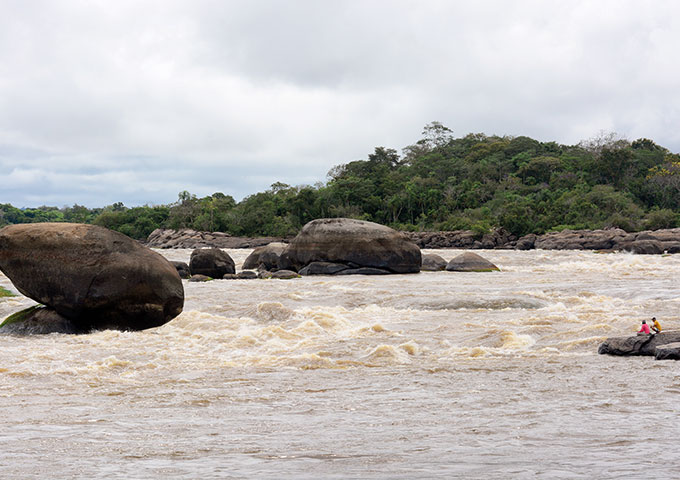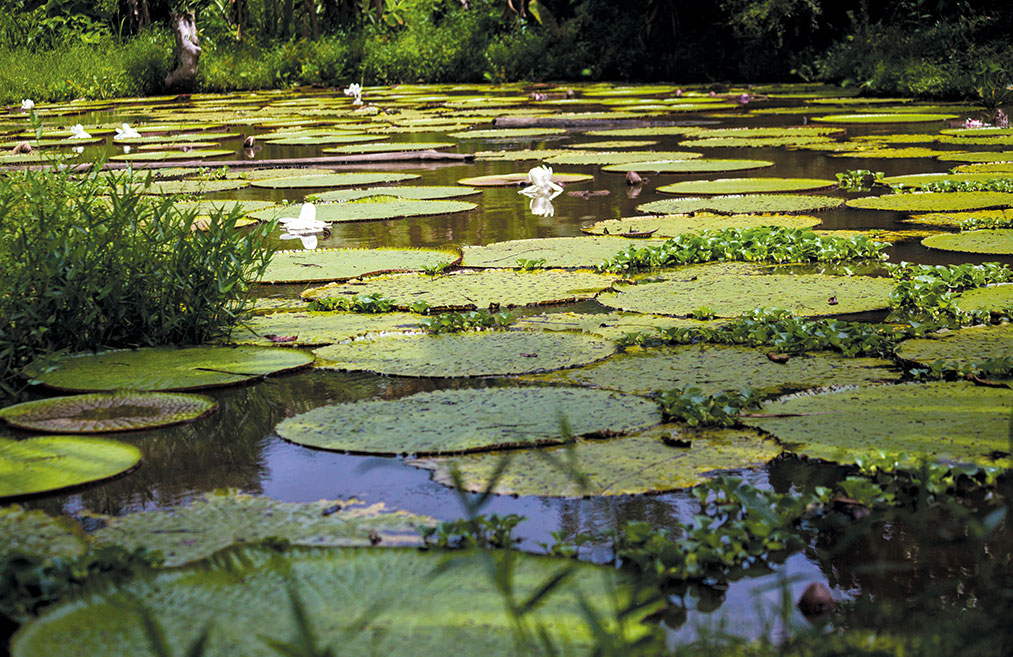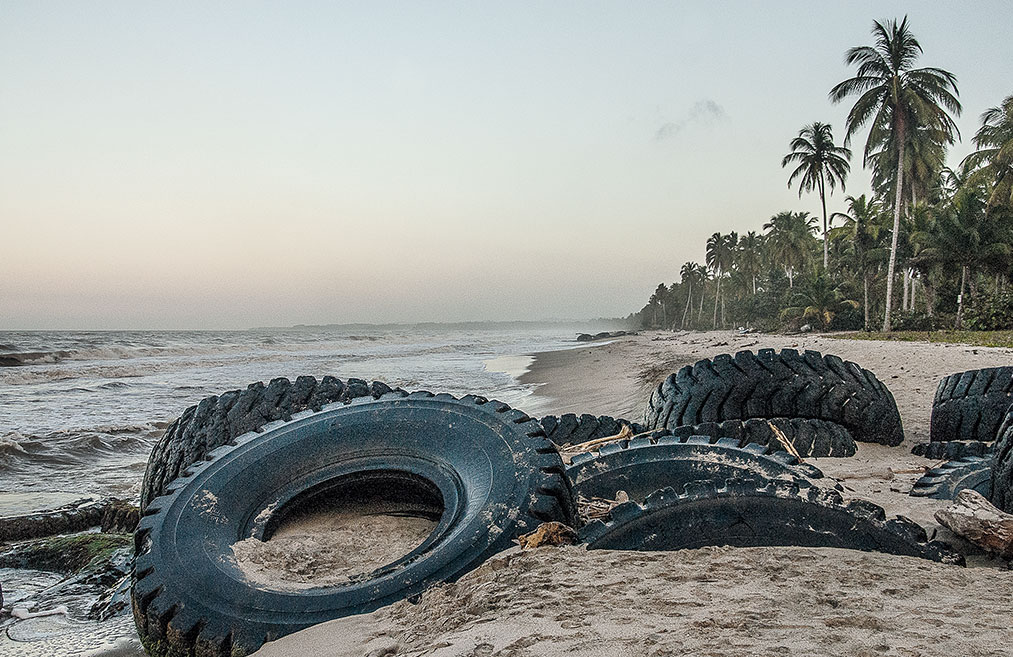Colombia and the climate change
By: Juan Manuel Sarasua
Photos:
Environment

By: Juan Manuel Sarasua
Photos:
In December 2015, from Paris came some of the most positive news for the health of the planet and all living things that we have ever heard: the representatives of 196 nations reached a historic agreement binding them to reduce greenhouse gas (GHG) emissions with the purpose of “limiting the global temperature rise to levels far below 2°C and striving to reach 1.5°C.”
The UN Secretary General at that time, Ban Ki-moon, stated in excitement during an interview that “this is a key moment. For the first time, we have a truly universal agreement on climate change, one of the world’s most crucial problems.”

This article features the stories of scientists from Universidad del Rosario, from different areas of science, who are devoting their efforts to study and understand the actions being conducted in Colombia to fight against the effects produced by climate change. When we talk about climate change in the country, we must make explicit reference to the consequences that are already visible and recognized by everyone
Climate change will not occur on a specific day at a specific time nor will it be the result of a single event. It is happening right now, while you are reading this text, and it is being caused by many human actions that Colombians must work hard to change.
